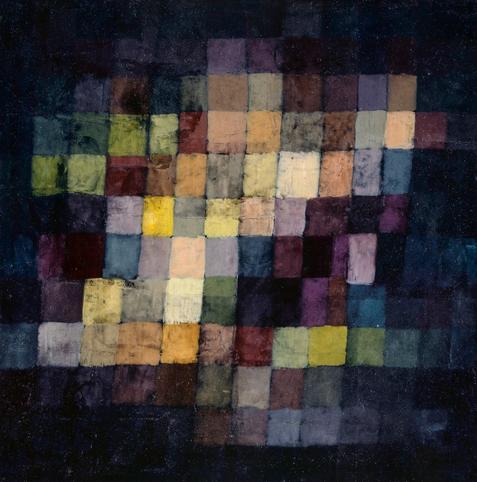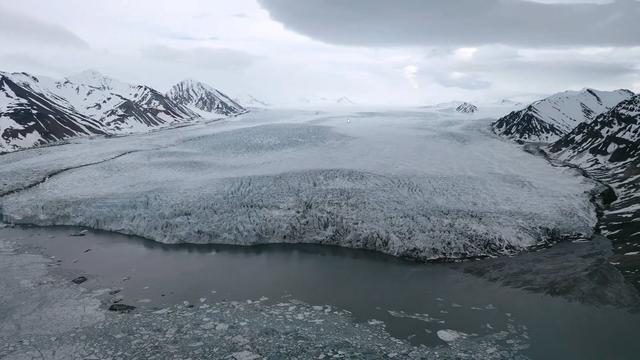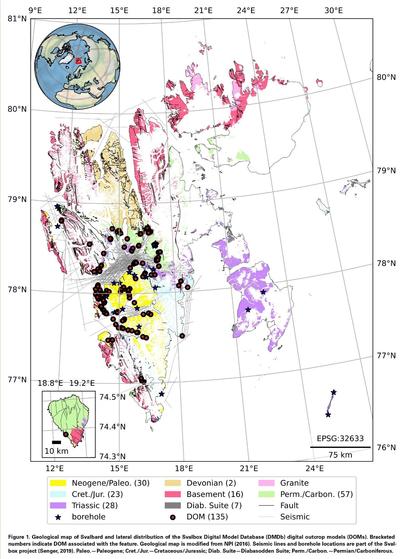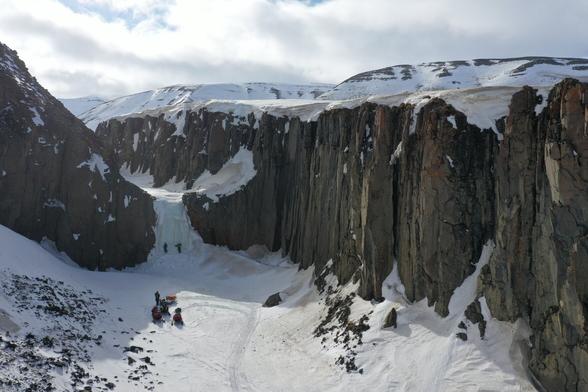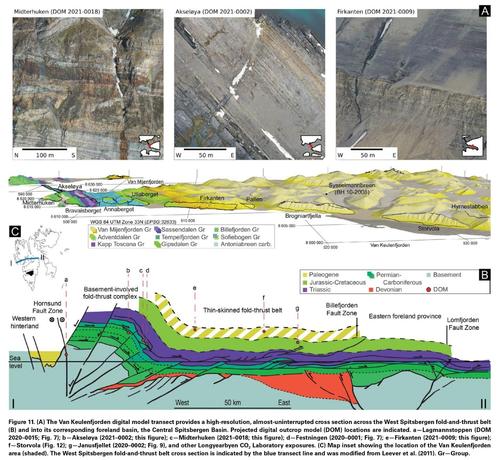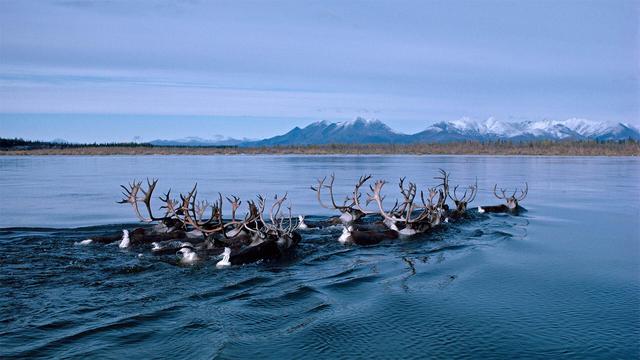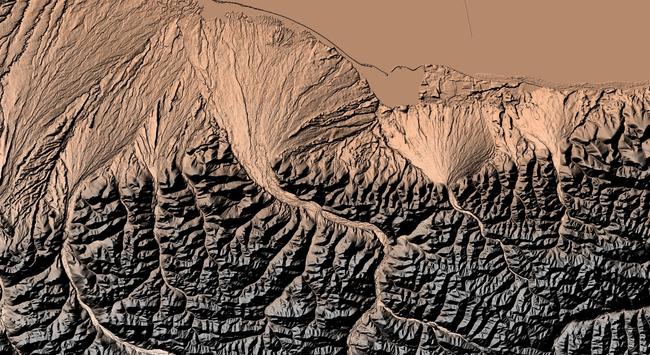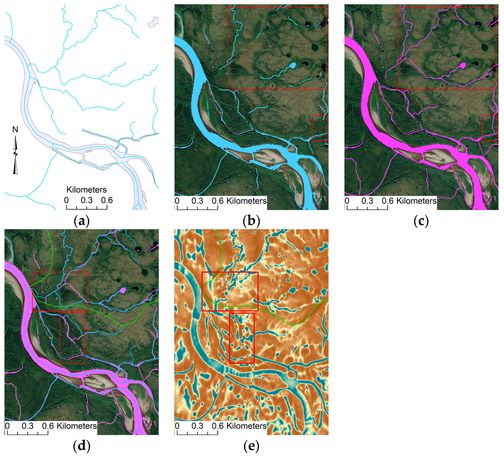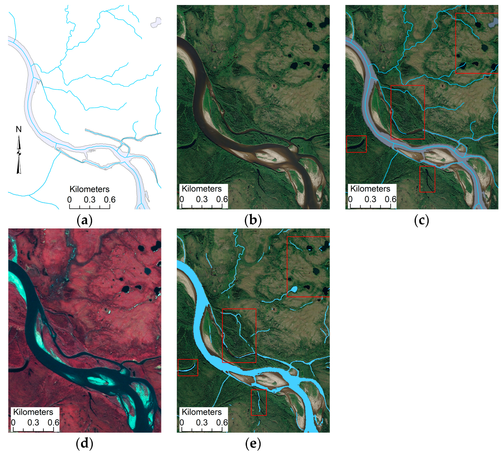Beyond the Dataset
On the recent season of the show Clarkson’s farm, J.C. goes through great lengths to buy the right pub. As with any sensible buyer, the team does a thorough tear down followed by a big build up before the place is open for business. They survey how the place is built, located, and accessed. In their refresh they ensure that each part of the pub is built with purpose. Even the tractor on the ceiling. The art is in answering the question: How was this place put together?
A data-scientist should be equally fussy. Until we trace how every number was collected, corrected and cleaned, —who measured it, what tool warped it, what assumptions skewed it—we can’t trust the next step in our business to flourish.
Old sound (1925) painting in high resolution by Paul Klee. Original from the Kunstmuseum Basel Museum. Digitally enhanced by rawpixel.Two load-bearing pillars
While there are many flavors of data science I’m concerned about the analysis that is done in scientific spheres and startups. In this world, the structure held up by two pillars:
Both of these related to having a deep understanding of the data generation process. Each from a different angle. A crack in either pillar and whatever sits on top crumbles. Plots, significance, AI predictions, mean nothing.
How we measure
A misaligned microscope is the digital equivalent of crooked lumber. No amount of massage can birth a photon that never hit the sensor. In fluorescence imaging, the point-spread function tells you how a pin-point of light smears across neighboring pixels; noise reminds you that light itself arrives from and is recorded by at least some randomness. Misjudge either and the cell you call “twice as bright” may be a mirage.
In this data generation process the instrument nuances control what you see. Understanding this enables us to make judgements about what kind of post processing is right and which one may destroy or invent data. For simpler analysis the post processing can stop at cleaner raw data. For developing AI models, this process extends to labeling and analyzing data distributions. Andrew Ng’s approach, in data-centric AI, insists that tightening labels, fixing sensor drift, and writing clear provenance notes often beat fancier models.
How we compare
Now suppose Clarkson were to test a new fertilizer, fresh goat pellets, only on sunny plots. Any bumper harvest that follows says more about sunshine than about the pellets. Sound comparisons begin long before data arrive. A deep understanding of the science behind the experiment is critical before conducting any statistics. The wrong randomization, controls, and lurking confounder eat away at the foundation of statistics.
This information is not in the data. Only understanding how the experiment was designed and which events preclude others enable us to build a model of the world of the experiment. Taking this lightly has large risks for startups with limited budgets and smaller experiments. A false positive result leads to wasted resources while a false negative presents opportunity costs.
The stakes climb quickly. Early in the COVID-19 pandemic, some regions bragged of lower death rates. Age, testing access, and hospital load varied wildly, yet headlines crowned local policies as miracle cures. When later studies re-leveled the footing, the miracles vanished.
Why the pillars get skipped
Speed, habit, and misplaced trust. Leo Breiman warned in 2001 that many analysts chase algorithmic accuracy and skip the question of how the data were generated. What he called the “two cultures.” Today’s tooling tempts us even more: auto-charts, one-click models, pretrained everything. They save time—until they cost us the answer.
The other issue is lack of a culture that communicates and shares a common language. Only in academic training is it possible to train a single person to understand the science, the instrumentation, and the statistics sufficiently that their research may be taken seriously. Even then we prefer peer review. There is no such scope in startups. Tasks and expertise must be split. It falls to the data scientist to ensure clarity and collecting information horizontally. It is the job of the leadership to enable this or accept dumb risks.
Opening day
Clarkson’s pub opening was a monumental task with a thousand details tracked and tackled by an army of experts. Follow the journey from phenomenon to file, guard the twin pillars of measure and compare, and reinforce them up with careful curation and open culture. Do that, and your analysis leaves room for the most important thing: inquiry.
#AI #causalInference #cleanData #dataCentricAI #dataProvenance #dataQuality #dataScience #evidenceBasedDecisionMaking #experimentDesign #featureExtraction #foundationEngineering #instrumentation #measurementError #science #startupAnalytics #statisticalAnalysis #statistics
